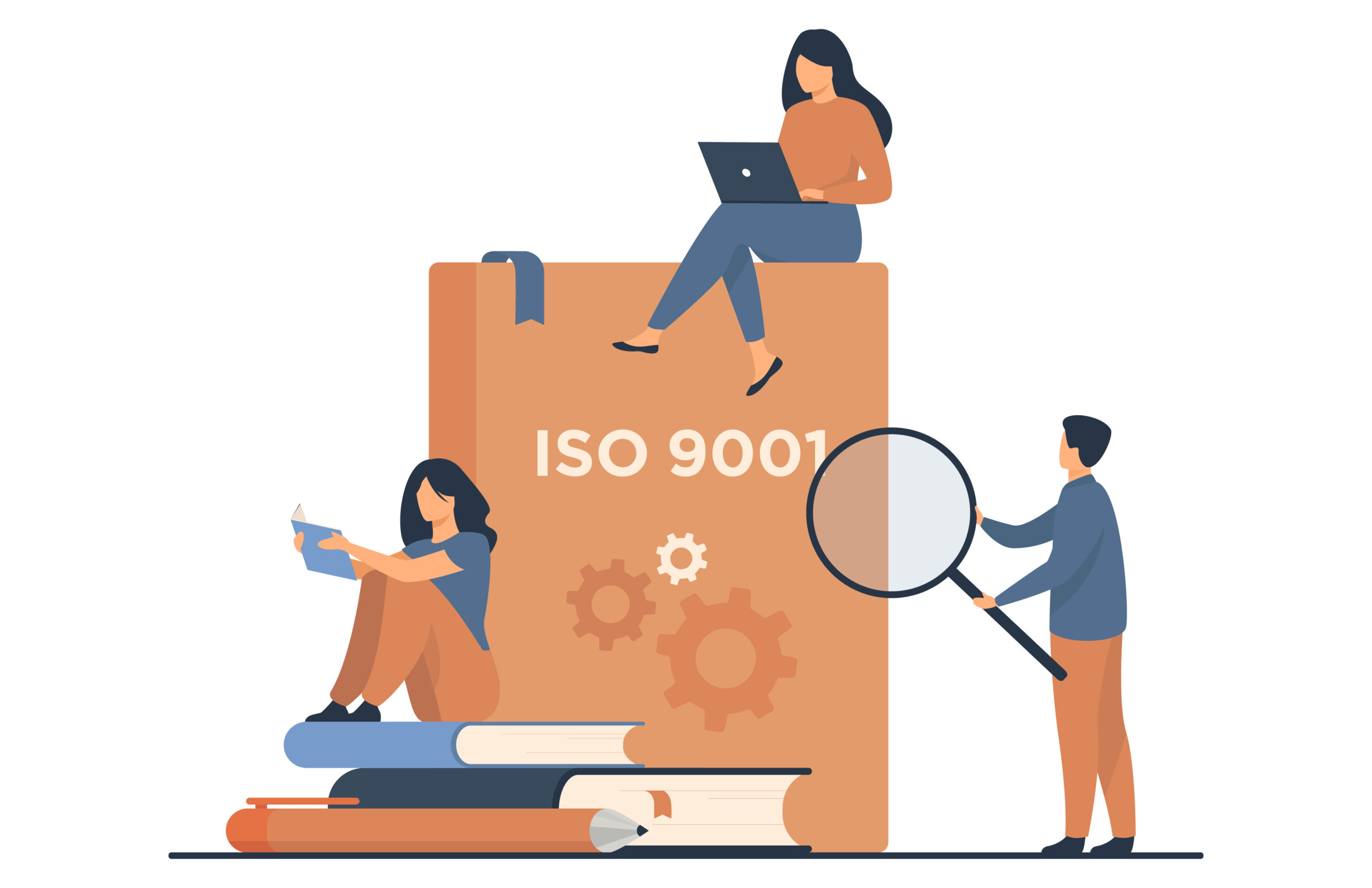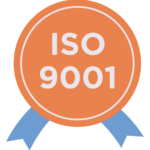ISO 9001 Clause 6
ISO 9001:2015

ISO 9001:2015 Clause 6 – Planning for Success
Smart, Practical Guidance from Your Certification Partner
Planning can be simple. ISO 9001:2015, Clause 6, helps you plan better and smarter, keeping your customers in mind.
As a small business, you already know that reacting to problems after they happen is expensive and stressful. Clause 6 helps you stay ahead by requiring a careful approach to your quality management system (QMS). This means you must set it up, adjust it, and improve it over time.
What’s the Purpose of ISO 9001 Clause 6?
Clause 6 is all about forward-thinking quality management. It ensures that your business plans how to:
- Meet your quality goals
- Anticipate and manage risks
- Adapt to changes as your business grows
- Keep improving your QMS without unnecessary red tape
- This isn’t about extra paperwork—it’s about making sure your systems help you do business better.
The Three Core Elements of ISO 9001 Clause 6
Here’s what ISO 9001:2015 Clause 6 asks you to focus on:
1. Risks and Opportunities (Clause 6.1)
Every business faces uncertainty. Clause 6.1 helps you identify what could go wrong—or right—and make plans accordingly. You will look at both internal and external factors. Then, you will take steps to reduce risk or benefit from possible gains.
Example: Consider supplier delays, changing customer expectations, or new market trends. The idea is to manage surprises and not let them catch us off guard.
2. Quality Objectives and How You’ll Achieve Them (Clause 6.2)
This is where you set clear, measurable goals for your business. These should match your quality policy. They will help improve performance in the areas that matter most to you and your customers. You’ll need to:
- Define goals (like improving delivery times or reducing errors)
- Set a plan to achieve them
- Assign responsibilities
- Track and review progress
Tip: Keep it simple and relevant. A few well-chosen objectives are better than a long list no one follows.
3. Planning for Changes (Clause 6.3)
Things change—new products, updated processes, new hires, or tools. Clause 6.3 asks you to plan changes carefully. This way, you can avoid disrupting your operations or affecting your customers. That includes:
- Understanding why a change is needed
- Evaluating the potential impact
- Ensure the right people, tools, and steps are in place to carry it out smoothly.
What Does This Look Like in a Small Business?
Here are some practical ways to meet Clause 6 requirements:
- Create a simple risk register to track key risks and opportunities
- Set 2–4 SMART quality objectives—not too many, but enough to show progress
- Use a checklist or change log when you roll out new procedures or updates
- Involve your team—they often see risks or improvement areas before management does
- Review your planning quarterly to make adjustments and keep moving forward
What About Documentation?
While ISO 9001:2015 is less documentation-heavy than older versions, you’ll still need to maintain some records, such as:
- Your quality objectives
- Your risk and opportunity assessments
- Change implementation notes or plans
- Keep your documentation efficient, lean, and effective—no bloated manuals here.
ISO 9001:2015 Clause 6: Planning. This section includes a framework for how to plan your QMS in a structured approach. To explore the other clauses of the standard, click on a link.

A Quick Look at the Evolution of Clause 6
Planning wasn’t always front and center in ISO 9001. Here’s how it evolved:
- 1987–1994: Planning was scattered throughout the standard, mostly under quality assurance
- 2000–2008: Planning started to formalize with objectives and management responsibility
- In 2015, Clause 6 combined essential ideas. It introduced risk-based thinking and proactive change planning and focused more on outcomes.
The latest version helps small businesses stay agile, competitive, and customer-focused—by planning with purpose.
Final Thoughts from Your Certification Partner
Planning doesn’t need to be elaborate. It must be clear, intentional, and connected to your daily work. Clause 6 gives you the framework; we help you apply it in a way that makes sense for your team, operations, and goals.
